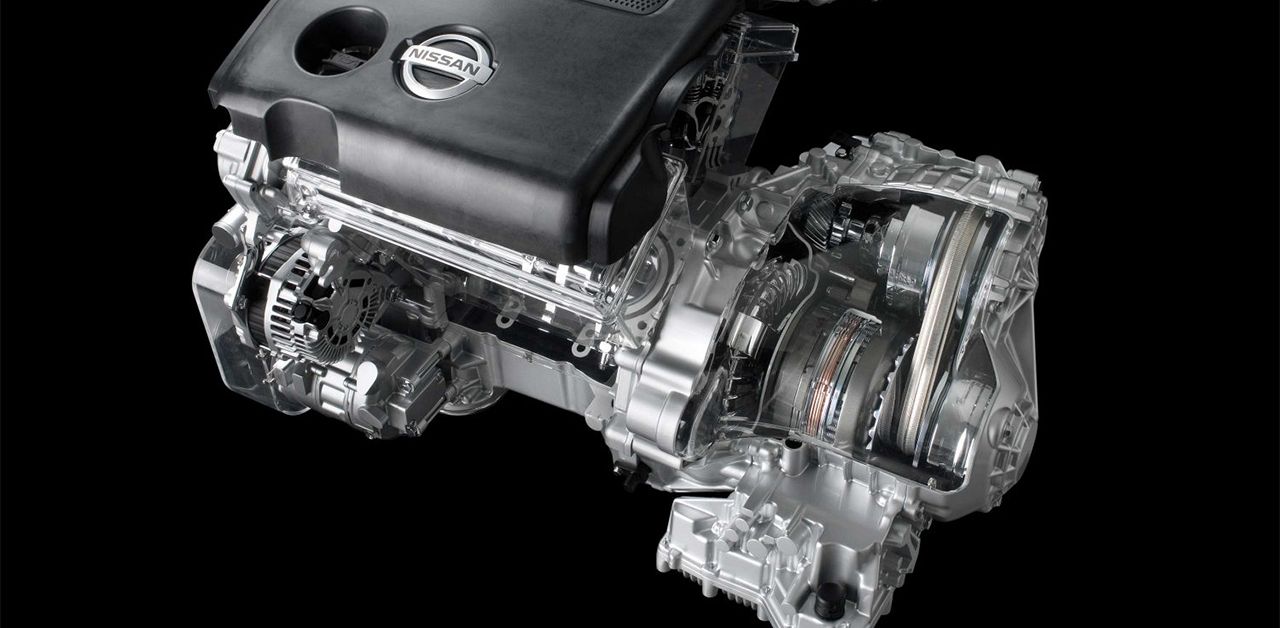Gear heads might debate on whether a dual-clutch automatic transmission is more advantageous than a manual one. But one thing almost all car enthusiasts look down on is continuously variable transmission systems (CVT). But why is that so? CVT transmission systems are relatively newer compared to manual and traditional automatic gear shifting systems. When they first were introduced to the market, they significantly fell short of other popular transmission systems, Heal Me Healthy.
But as the engineering evolved, the flaws in CVTs started to vanish, and they became more reliable and popular. Let’s take a look at how CVT transmissions work, their advantages and disadvantages, and last but not least, some things to consider when it comes to CVT maintenance.
How CVT Transmission Came To Be
A car’s transmission job is to ensure reasonable amounts of engine power go to drive wheels at any given speed. It is critical to have a firm grip on other types of transmissions before we elaborate on CVT transmissions.
The first commonly accepted gearbox was what we now know as ‘manual’ or ‘standard’ gearbox. The first modern manual transmission’s emergence dates back to 1894 when French inventors Louis-Rene Panhard and Emile Levassor developed and demonstrated their three-speed gearbox. The basis of their design is the foundation of manual gearboxes to this day.
Chronologically speaking, the second most commonly accepted transmission was the automatic system. The automatic transmission was invented in 1921 by the Canadian steam engineer Alfred Horner. While the first designs failed to be as fuel-efficient as the standard gearbox, the engineers managed to evolve the sophisticated, more complex automatic transmission design to be on par with the manual transmission’s fuel efficiency and reliability.
Last but not least, continuously variable transmissions came to be. They were aimed at reducing gas mileage and delivering a more fuel-efficient performance. CVTs brought about a lot of customer complaints when they first entered the market. But as they evolved, they became more reliable and found their place in the automotive market.
How A CVT Compares To Other Transmission Systems
Both manual and conventional automatic transmission systems use gears to vary engine force to match any given speed. Like gears on a bicycle, lower gears are easier for acceleration, and higher gears put a heavier load on the spinning wheel to maintain and accelerate higher speeds.
Unlike geared transmission, CVT does not use gears to put varying engine forces to wheels to spin. Instead, two rubber or metal pulleys and cones construct a belt-driven system that works in sync. When these cones move and change their distance, they raise or lower the diameter at which the belt is spinning.
The change in the diameter of the “drive pulley” adjusts the transmission of torque from the engine, and the “driven pulley” transfers torque to drive wheels. This change in diameter mimics changing gears and helps the engine shift smoothly into the proper force-to-speed ratio.
In a way, a CVT can mimic shifting through infinite gears continuously by eliminating gears. The freedom in always matching power to driving conditions maximizes fuel economy.
There are two major types of CVTs: ECVT, which has electric motors, and the more traditional CVT that does not have them. In an ECVT, both engine and motors send power to the transmission system, whereas the engine is the only means of generating power in a traditional CVT.
Pros And Cons Of A CVT Transmission
Although CVTs have come a long way, and they are probably no longer as bad as your gearhead cousin tells you so, they still carry some disadvantages that must be weighed out alongside their pros to make sure it meets your needs in a vehicle.
PRO: the primary upper hand of a CVT has to do with its economic advantages. A CVT constantly adjusts the engine force and speed to the most fuel-efficient level possible. The more traditional alternatives to a CVT often drain the fuel tank relatively faster. What’s more, building a CVT is comparatively cheaper, which makes it more of an economical choice for those on a tight budget.
PRO: CVTs are relatively lighter and have a more compact design than a standard automatic gearbox. This helps reduce the size of the whole unit (advantageous for small compact cars), better performance, and a reduction in fuel usage.
PRO: with a CVT, you no longer need to worry about awkward and rough gear shifting. In fact, you don’t need to worry about gears at all. Thanks to its gear-less and smooth shifter design, you can move seamlessly from idle to peak power.
CON: arguably, the most critical disadvantage of a CVT is its lack of fun. Since it is designed to be useful and efficient, it thoroughly feels the opposite of a sporty shifter. If the driving experience is important to you, it is probably best to avoid CVTs.
CON: although upkeep and running costs of a CVT are often relatively low, actual repairs can do lethal damage to your bank account. What’s more, it is harder to find a technician who knows their way around a CVT than one who knows about more conventional transmission systems.
CON: Most CVTs can’t handle high levels of torque, so if you’re hoping to go off-roading or towing something with a CVT car, you better scratch that off of your list.
When it comes to driving a vehicle with a CVT transmission, there are a few things to consider to make sure you’re not putting extra strain on the system. There’s no need to put the vehicle in neutral at a stoplight, no need to neutral drop the car, and make sure you’re not going from D to R or the other way around without a full stop.
Read Next
About The Author








More Stories
Toyota Automatic Transmission: Shifting Gears with Precision
8-Speed Transmission: Navigating the Road to Efficiency and Performance
Add Another One To The Stick Shift List — The 2023 Acura Integra Will Get A Manual Transmission!